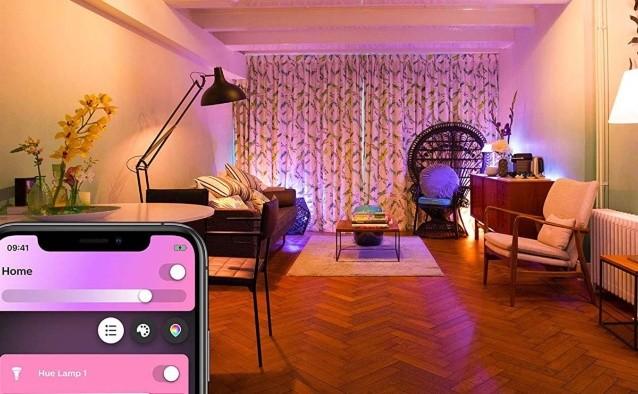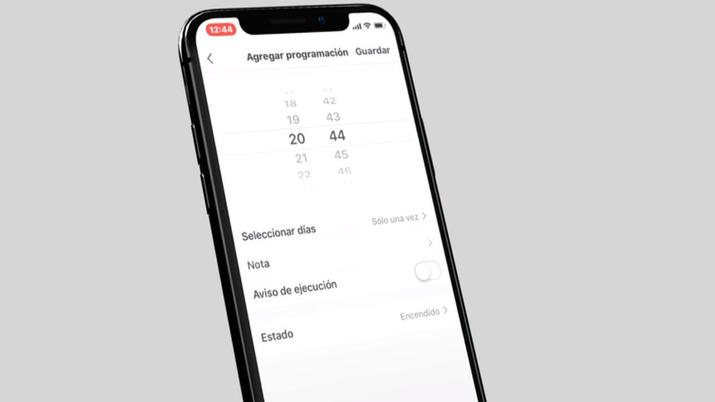When you leave home to spend a few days, as it happens on vacation or on this upcoming bank holiday in May, your absence can attract thieves. We tend to take other steps like trying to have someone take care of our mail so it doesn’t pile up or leaving a few blinds ajar so the closed-in feeling doesn’t scream from the four winds that the house is empty. Thanks to home automation, you can also program the lighting to simulate activity at home.
Thanks to the possibilities offered by a connected home, it is quite easy to try to reproduce what we do when we are at home. In this way, it will not be so obvious that you have left and will serve as a deterrent to increase the security of your home.
Turn on lights to simulate activity
By configuring the simulation of presence thanks to the connected devices, we make it not so clear that we have left. Thus, we can completely deter possible intruders who may be attentive to what is happening in our home.
A really easy way to do this is by programming lighting routines. You could also automate even turning on the Smart TV or the radio, to add some sound to the deterrent effect.

Returning to the use of programmed lighting to simulate activity, the first thing is to identify the areas or rooms that have more visibility from the street, doorway, patio or areas that can be easily accessed and have visual contact with your home.
After that, you can automate turning on the lights for those rooms, but a constantly on light would not only add to your electricity bill, it would also end up being too noticeable. For example, a good trick is to activate lights behind the curtains, since this amplifies the lighting and helps to simulate presence.
You can schedule a few lights to turn on periodically. In this way, you will not only gain comfort, but you could also avoid a robbery or break-in. It may seem silly, but… what thief would break into a house on with the TV on?
How to program smart bulbs
As we said, the best thing when we are going to be away for several days in a row is to try to set scenes that reproduce our lifestyle when we are at home. For example, set a schedule so that the TV turns on in the afternoon and two light bulbs in the living room at night. Just as important is to do the same with the shutdown time, setting it at 11:00 p.m., which is when we normally go to bed. From the outside the appearance is that of every day. However, the house is empty.
In addition to setting the scenes to activate them when you feel like it, with the new smart lighting systems you can also schedule your lights to turn on and off, which is just what we want for this purpose.

Depending on the brand of your smart lighting, you will find different configurations in its apps to connect all the lamps and light points in your home to your phone or tablet. Also, in some cases, you can control them by voice command through Google Assistant, Google Home or Amazon Alexa.
You can look for the programming section, where you can add the different routines. You will have your home divided by rooms or bulbs, to make it easier to identify each of the smart lights. After this, you will see a clock and certain programming values that will allow you to choose the on and off time and the days on which you want the programming to be activated. You can even activate the Execution Notice, with which the app will notify you every time the lamp is turned on.














